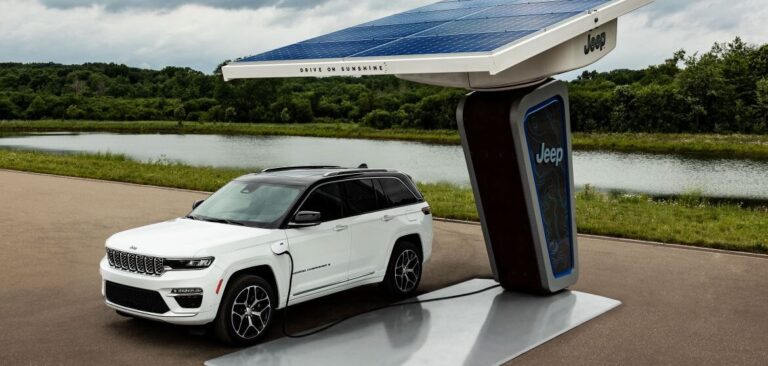Auto manufacturer and mobility solutions provider Stellantis has presented a comprehensive electrification strategy across all of its brands, which it hopes will see the group turn healthy profits from EVs.
“The customer is always at the heart of Stellantis and our commitment with this €30bn (US$35bn) plus investment plan is to offer iconic vehicles that have the performance, capability, style, comfort and electric range that fit seamlessly into their daily lives,” said Carlos Tavares, CEO of Stellantis. “The strategy we laid out today focuses the right amount of investment on the right technology to reach the market at the right time, ensuring that Stellantis powers the freedom of movement in the most efficient, affordable and sustainable way.”
To improve profitability, the company will seek to leverage synergies across its brands, reducing duplication of development costs and has also laid out a roadmap to reduce battery costs. Electric vehicle battery pack costs are targeted to be reduced by more than 40% from 2020 to 2024 and by more than an additional 20% by 2030. It says that all aspects of the battery pack play a role in this reduction, including optimizing the overall pack, simplifying the format of the modules, increasing the size of the battery cells and upgrading the battery chemistry.
Through 2030, Stellantis’s LEV (low emissions vehicle) mix for passenger cars in Europe is targeted to grow to over 70% , while in the USA, the mix for passenger cars and light-duty trucks is expected to be more than 40% by 2030. To execute this strategy, the company plans to invest more than €30bn (US$35.5bn) through 2025 in electrification and software development, including equity investments made in joint ventures to fund their activities.
Significantly, Stellantis wants the total cost of EV ownership to be equivalent to internal combustion engine vehicles by 2026. To this end, four BEV-centric platforms will form the backbone of its EV drive, which Stellantis says will incorporate a high level of flexibility (both in length and width) and component sharing, delivering economies of scale as each platform can support production of up to two million units per year.
The four platforms are:
- STLA Small – range up to 300 miles/500km
- STLA Medium – range up to 440 miles/700km
- STLA Large – range up to 500 miles/800km
- STLA Frame – range up to 500 miles/800km
Propulsion systems will include a family of three electric drive modules (EDM) that combine the motor, gearbox and inverter. The EDMs will be used for front-drive, rear-drive and AWD applications.
The battery packs will be tailored for a variety of vehicles – from smaller city cars to energy-dense packs for performance vehicles and trucks. Use of two battery chemistries is planned by 2024 to support various customer needs: a high energy-density option and a nickel cobalt-free alternative. By 2026, the first competitive solid state battery technology is targeted to be introduced. Stellantis claims its BEVs will deliver ranges of 300-500 miles/500-800km and with fast charging capability of up to 20 miles/32km per minute.
Furthermore, a program of hardware upgrades and over-the-air software updates will be implemented with the intent of extending the life of the platforms well into the next decade.
The company’s electrification roadmap encompasses the entire value chain, and it outlined an EV battery sourcing strategy that looks to secure more than 130GWh of capacity by 2025 and more than 260GWh by 2030. The EV battery and component needs will be met with a total of five ‘gigafactories’ in Europe and North America, completed with additional supply contracts and partnerships to support total demand.
Stellantis has also signed MOUs with two lithium geothermal brine process partners in North America and Europe to ensure a sustainable supply of lithium, identified as the most critical battery raw material with regard to availability.


